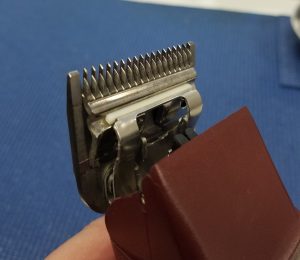Never Pay for Repairs, Sharpening, or New Tools, Again!
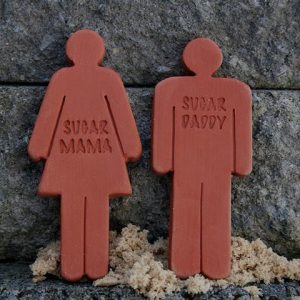
If you are a barber, stylist, or groomer, then you should NEVER pay for repairs, sharpenings, or new tools. Yes, you read that correctly. I can hear you shouting at your screen, “Well, Josh, then WHO does pay for my stuff?!?!?” First, quit yelling at your screen, you look like you are insane. Second, YOUR CLIENTS DO!
Your clients will pay for every single repair, sharpening, or new purchase that you make, but you must be a little creative and put some extra thought into how you want them to take care of you. You need to view each client as either a Sugar Daddy or a Sugar Mama.
One method is that you can do all kinds of math. You must look into the future and try to predict how much you are going to spend on repairs, sharpening for your shears, clippers, and trimmers, and how much you will be spending on purchasing any new tools. Then you add all that up and divide it by the number of clients that you are going to have over that same period of time. This gives you the Cost Per Cut (CPC) and tells you how much you need to charge each client for them to pay for your stuff. This is slightly too complicated for me and involves too much guess work, but for some people this is exactly how they want to go about this.
Another method (my preferred method) is that you charge each client a specific amount that goes directly into your Tool Fund and stays there until you need it. For example, you are a barber who cuts 10 clients a day, and you work 6 days a week. That gives you 60 clients each week. If you raise your prices by $.50, then you get $30 per week that your client has put into your Tool Fund. Assuming you work 48 weeks a year, then your clients have put $1,440 into your Tool Fund for you! I KNOW that you do not pay over $1,440 a year to maintain your tools, or even buy new ones.
Stylists, you may need to raise your prices by a dollar or two because you tend to have less clients in a day than a barber does, but you generally charge more, anyway.
Groomers, the same goes for you as the stylist.
“But, Josh, I work in a place where I do not control the prices. I can’t raise my prices for my clients to build me a Tool Fund.” I told you earlier that you must think creatively. You still get tips, right? Well, your tips can be where your clients are building your tool fund. For every client who tips you at least $2, you put $.50 into the Tool Fund. You can also go with $.25 of EVERY dollar that they tip, so a $5 tip gives you $1.25 into your Tool Fund. You could choose to put the first $5 in tips you get into the Tool Fund and the rest is yours to keep.
I think that you get the point by now. Think creatively, let your clients build your Tool Fund, and never pay for repairs, sharpening, or new tools, again!
If you have any questions about building a Tool Fund, or want to bounce ideas around, then please contact us. We are available to help you in any way that we can.
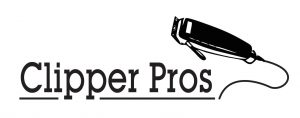
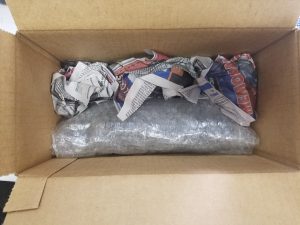
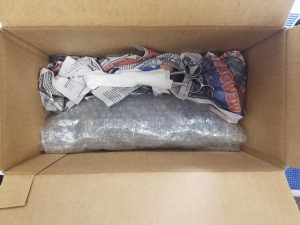



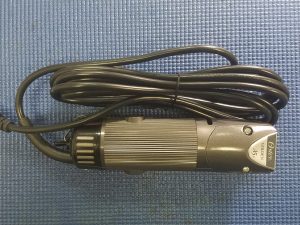


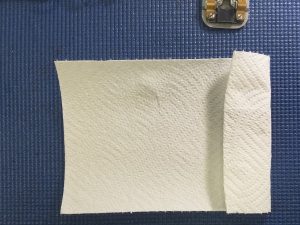
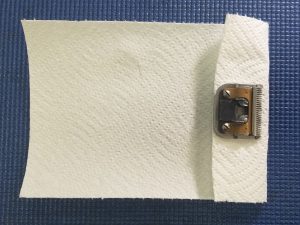
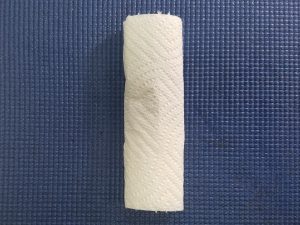

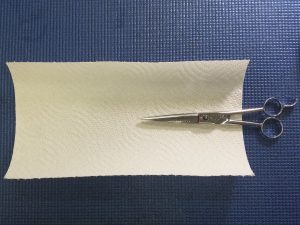

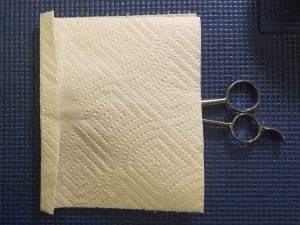
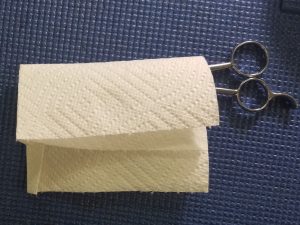



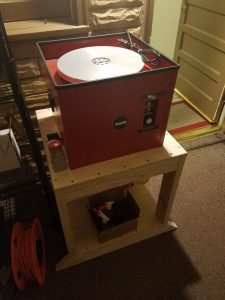
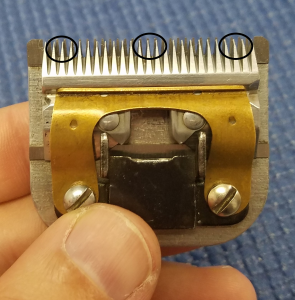 Figure 1
Figure 1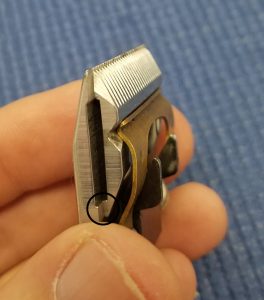 Figure 2a
Figure 2a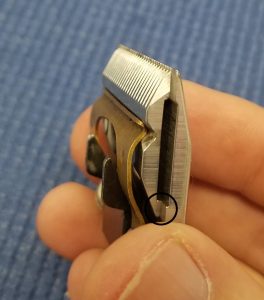 Figure 2b
Figure 2b